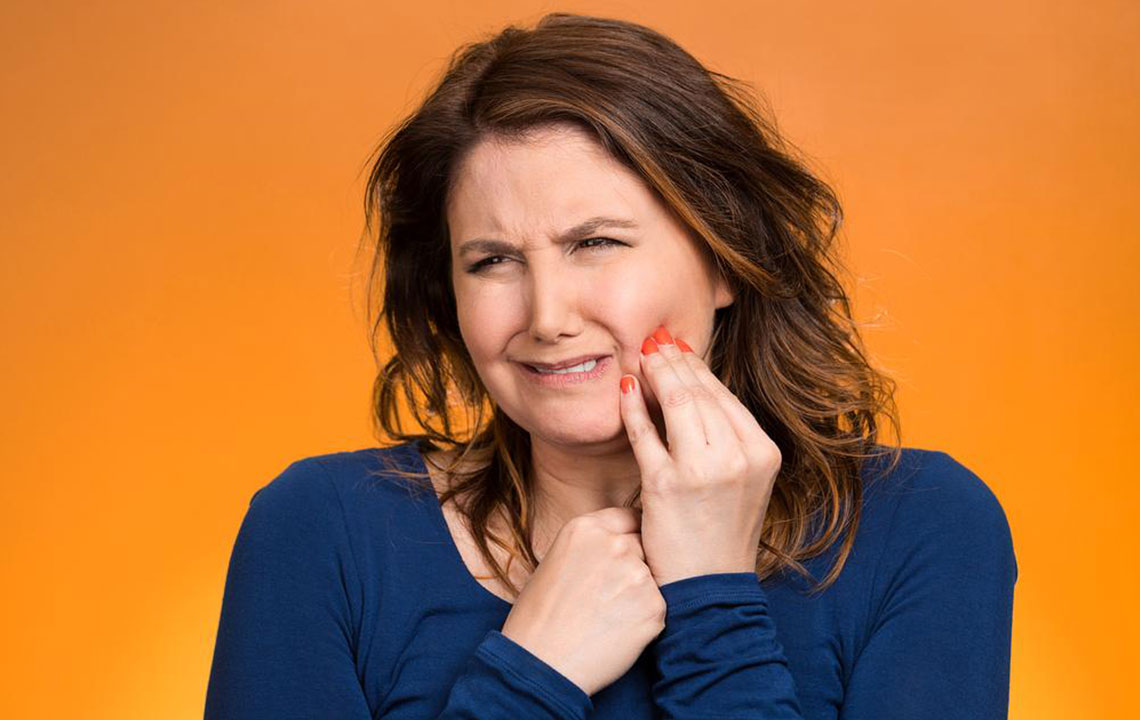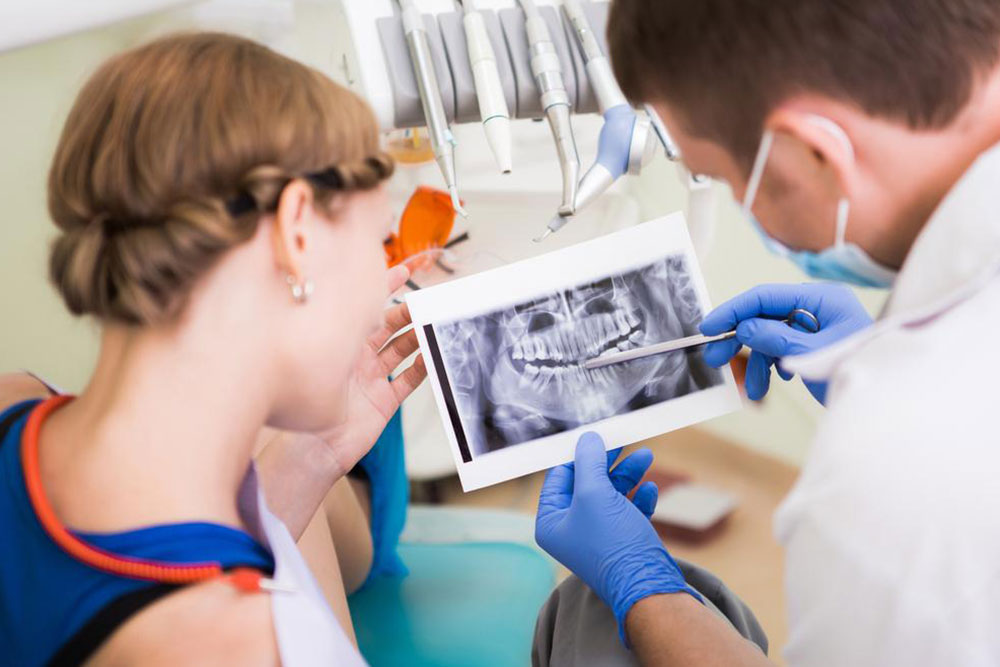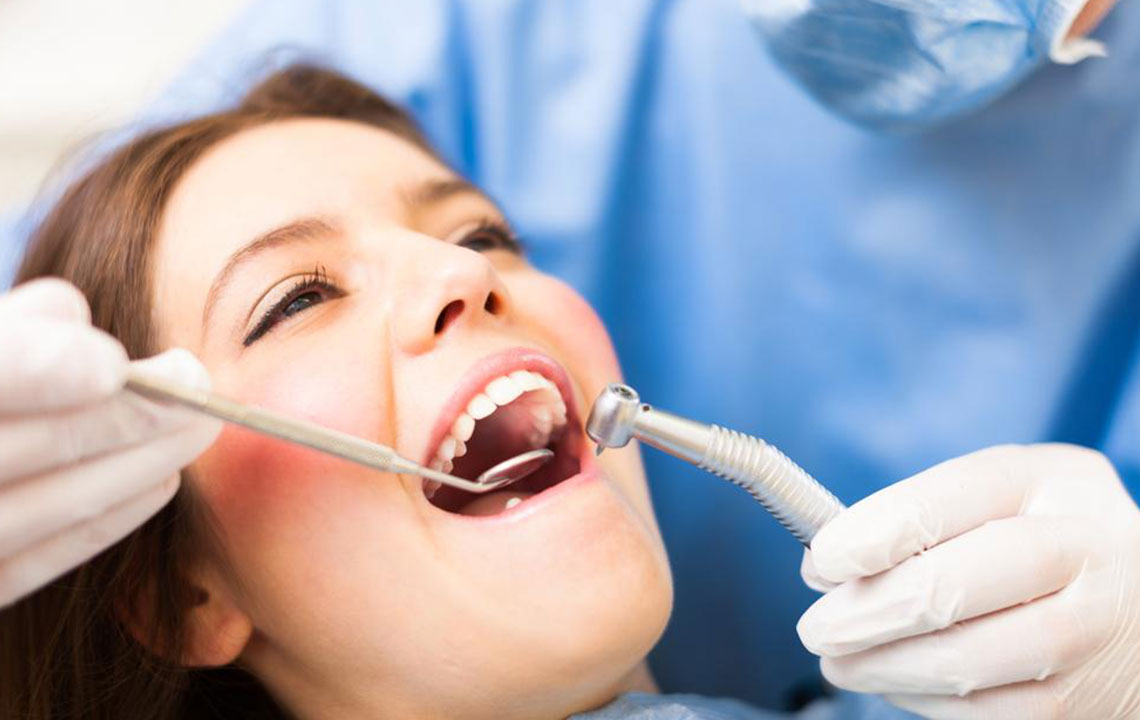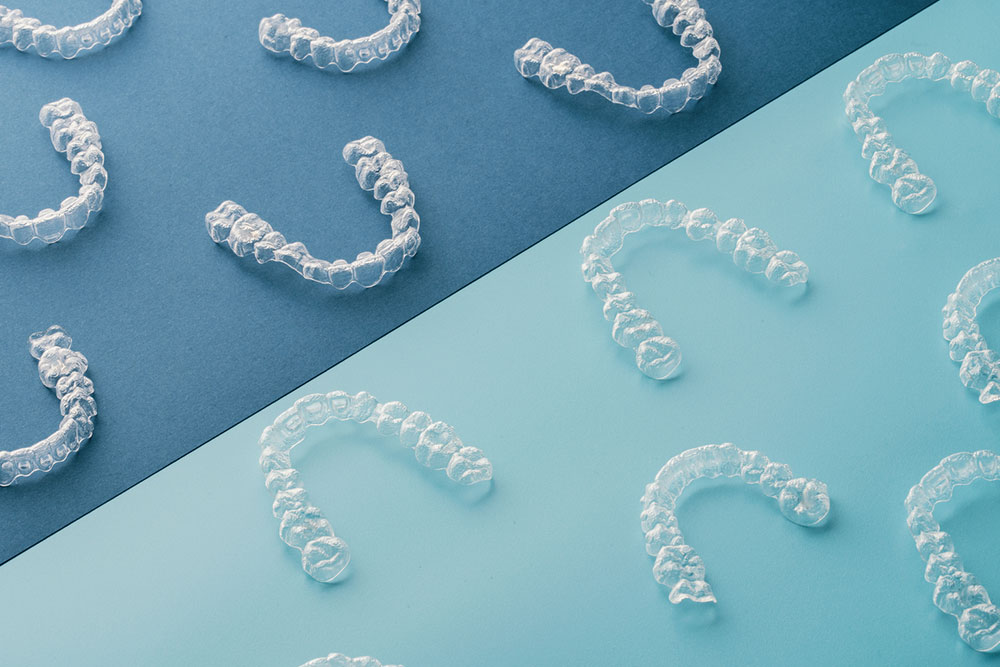Understanding Deep Bite: Causes, Effects, and Treatment Options
A deep bite is a significant dental misalignment that impacts oral health and appearance. It involves excessive overlap of the upper front teeth over the lower ones, which can cause wear, discomfort, and aesthetic concerns. Early treatment is vital to prevent worsening and associated dental issues. This article covers causes, effects, and available treatment options, emphasizing the importance of professional intervention for optimal results.

Deep bite is a common dental condition characterized by the upper front teeth excessively overlapping the lower front teeth when biting down. This misalignment can have significant effects on both oral health and facial appearance.
Typically, a deep bite causes the lower teeth to appear hidden beneath the upper teeth, leading to aesthetic concerns. In severe cases, the lower teeth may press into the roof of the mouth or strip the gums behind the upper front teeth, risking damage to the teeth and soft tissues.
Several issues arise from a deep bite, including accelerated enamel wear on the lower front teeth, difficulty in chewing, and potential jaw joint problems. Over time, this condition can impact speech, cause gum recession, and alter facial proportions.
Genetics often influence the development of a deep bite, but habits like thumb sucking and tongue thrusting can exacerbate the problem. Early diagnosis and intervention are crucial since untreated deep bites tend to worsen, leading to complex dental and jaw complications.
Timely treatment can prevent further damage, improve function, and restore facial aesthetics. Consulting with an orthodontist or dental specialist ensures appropriate management tailored to individual needs.
Note: This information is for educational purposes only and does not replace professional medical advice. Always seek guidance from qualified healthcare providers for diagnosis and treatment.










